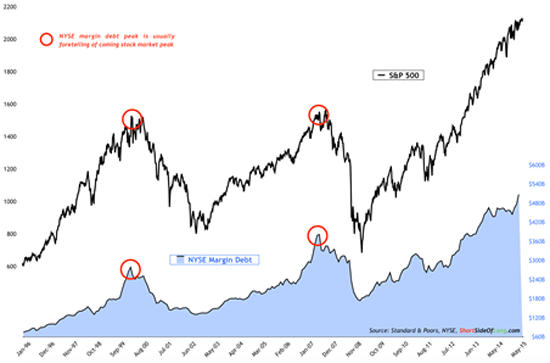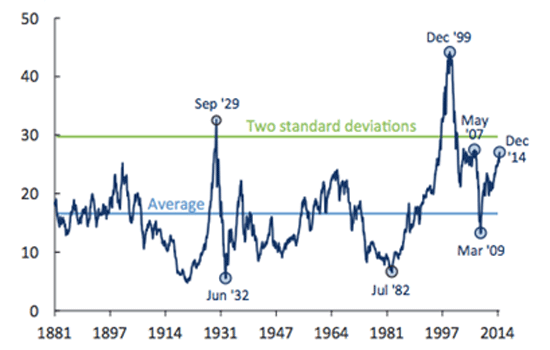My father was fiercely religious, but he only went to church twice a year: Christmas and Easter. It wasn’t that he lacked faith; there was just too much farm work to feed his family of five.

My father wore dungarees and threadbare flannel shirts 363 out of the 365 days of the year, but he proudly wore his only suit every time he went to church. My siblings and I hardly recognized him in that suit, but we knew it meant it was an important occasion.
I distinctly remember one spring when I was eight or nine years old. I saw my father in his suit, but it wasn’t Easter and it definitely wasn’t Christmas.
“Why are you all dressed up, Daddy?” I asked.
He said he was going to the bank.
The bank?
Every spring, my father would shave, dab some Vitalis in his hair, put on his church suit, and go to our local bank to ask for a loan. He needed the money to buy seed, fertilizer, and fuel.
If the weather and crop prices cooperated, he would return proudly in the fall to pay back the loan in full. If not, he’d ask for an extension, his head hanging in shame.
The bad summers seemed to outnumber the good ones, but my father held bankers in high esteem. In fact, I think the only people my father revered more than his local banker were the minister of our Methodist church and my teachers.
My father told me how his banker helped our family through tough times—and times were almost always tough. There were the low wholesale prices of radishes and onions, the expensive fertilizer, and the negative cash flow between spring planting and summer harvests.
To my father, bankers were very important people.
Despite his gratitude and respect for bankers, my father also loathed the idea of borrowing money. Making a living as a farmer was hard enough, but it was even more difficult when you had to pay interest on borrowed money.
Although I am sad to say my father died eight years ago at the ripe old age of 93, he lived a long, healthy, admirable life and saw all three of his children become successful professionals.
My brother is a top executive at Nordstrom, and my sister is one of the most respected occupational therapists in the country. And I? My career was a mystery to my father, who always said my hands were as smooth as a woman’s, and who never owned a share of stock in his life.
My siblings and I still value the life lessons my parents taught us. One of them was to never borrow money unless we had no alternative. I’m proud to say that I’m 100% debt free today; I don’t owe a dime to anybody for anything.
That sure isn’t true of investors today, who are borrowing money via margin loans in record numbers.
The New York Stock Exchange reported that margin climbed to an all-time high of $507.15 billion in April (most recent numbers) from $476.38 billion in March.

That’s a $25 billion increase in just 30 days, which shows me that investors are throwing caution to the wind.

Never before have investors racked up this much debt to fund their stock purchases. Moreover, that $507 billion is roughly 50% higher than right before the October 2007 market peak.
The reasons for the jump in margin debt are simply investor overconfidence and speculation fueled by the Federal Reserve’s addiction to ZIRP (zero interest rate policy).
The consequence of lowering the cost of money to nothing is that it promotes speculation and drives up the value of the stock market to nosebleed valuations.
Perhaps you think I’m unreasonably pessimistic. Well, don’t listen to me; instead, listen to Nobel Prize laureate Robert Shiller, the originator of the CAPE ratio.
The CAPE or Cyclically Adjusted Price to Earnings ratio is a smoothed version of the stock market’s P/E ratio. What the CAPE ratio does is normalize the S&P 500’s earnings by looking at rolling 10-year averages.

What is Shiller’s CAPE ratio, currently at 27 times earnings, telling us today? That the stock market is dangerously overvalued.
The long-term average of the CAPE ratio is 17 times earnings, so the stock market is roughly 40% above its historical average and more richly valued now than during 94% of its history.
Worse yet, the stock market is two standard deviations away from that long-term average, and that is big trouble, according to Shiller, who wrote in a recent New York Times column: “The United States stock market looks very expensive right now. … [CAPE] is above 25, a level that has been surpassed since 1881 in only three previous periods: the years clustered around 1929, 1999, and 2007. Major market drops followed those peaks.”
Just because the price of money is cheap doesn’t mean that you should borrow a bunch of it, and I am sure that my father would shake his head at the idea of borrowing money to buy paper assets.
Maybe you should listen to my daddy.
Part of this issue, by the way, is an excerpt from an email update I sent to my Rational Bear subscribers a few weeks ago. As the stock market gets more iffy, it seems like a good time to add some bearish bets to your portfolio.

Tony Sagami
30-year market expert Tony Sagami leads the Yield Shark and Rational Bear advisories at Mauldin Economics. To learn more about Yield Shark and how it helps you maximize dividend income, click here. To learn more about Rational Bear and how you can use it to benefit from falling stocks and sectors, click here.

